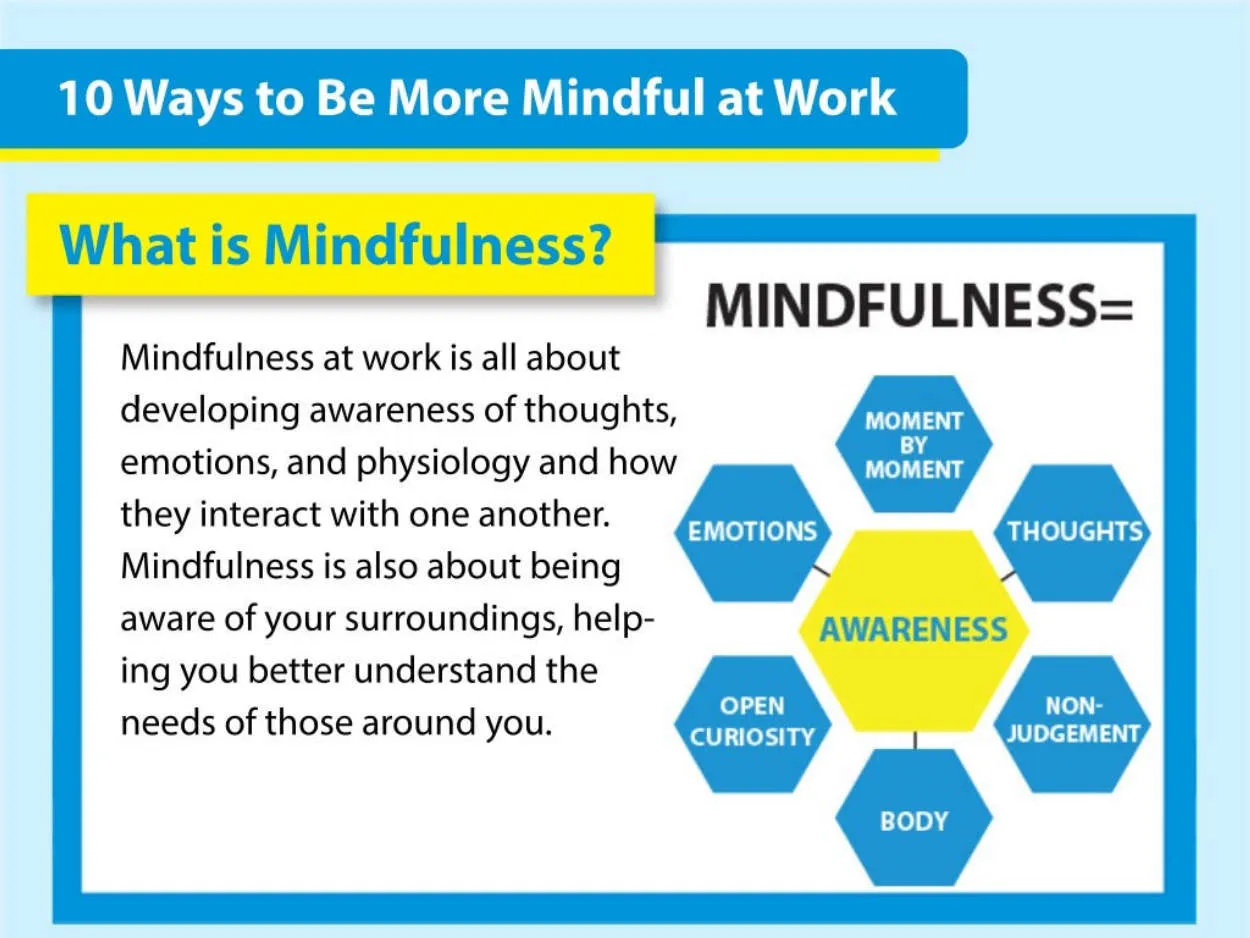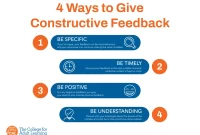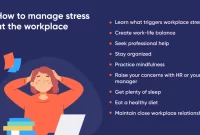In today’s fast-paced and demanding work environment, stress can easily take a toll on our mental and physical well-being. In this article, we will explore effective mindfulness techniques that can be practiced at work to reduce stress and increase productivity.
The Impact of Stress on Workplace Productivity
Workplace stress is a common occurrence in today’s fast-paced and competitive work environment. The impact of stress on workplace productivity cannot be ignored, as it affects both individuals and organizations in various ways.
One of the most significant effects of stress is decreased productivity. When employees are stressed, they have difficulty concentrating and focusing on tasks at hand. This can lead to mistakes, delays, and poor decision-making. Additionally, stress can cause burnout, resulting in decreased motivation and engagement with work.
Stress also affects teamwork and collaboration. When individuals are stressed, communication may suffer, leading to misunderstandings and conflicts among team members. This can hinder the smooth flow of information and collaboration, ultimately affecting the overall performance and productivity of teams.
Furthermore, stress impacts employee health and well-being. Chronic stress can lead to physical and mental health problems, such as high blood pressure, heart disease, anxiety, and depression. These health issues can further decrease productivity and increase absenteeism and turnover rates.
To mitigate the negative impact of stress on workplace productivity, organizations can promote and encourage mindfulness techniques. Mindfulness involves being fully present and aware of the current moment without judgment. By incorporating mindfulness techniques, employees can better manage stress and enhance their overall well-being.
Some mindfulness techniques that can be practiced at work include deep breathing exercises, meditation, and taking short breaks to relax and rejuvenate. Encouraging a supportive and positive work environment, providing stress management resources, and promoting work-life balance are also effective strategies to reduce stress and improve productivity.
In conclusion, stress has a significant impact on workplace productivity. Understanding and addressing the causes and consequences of stress are crucial for creating a healthy and productive work environment. By promoting mindfulness techniques and implementing supportive measures, organizations can enhance employee well-being and improve overall productivity.
Practical Mindfulness Techniques for Stress Reduction
Mindfulness is a powerful technique that can help reduce stress levels, improve focus, and enhance overall well-being. By incorporating mindfulness into your daily routine at work, you can effectively manage stress and lead a more balanced and productive life.
1. Deep Breathing Exercises
Take a few moments throughout the day to focus on your breathing. Inhale deeply through your nose, feeling your abdomen rise, and then exhale slowly through your mouth. By bringing your attention to your breath, you can calm your mind and relax your body.
2. Body Scan Meditation
Perform a body scan meditation to reconnect with your body and release tension. Start from the top of your head and gradually move down to your toes, paying attention to any areas of discomfort or tightness. As you identify these areas, consciously relax them, letting go of any stress or tension.
3. Take Regular Mindful Breaks
Integrate short mindful breaks into your workday. Set a timer for every hour or two, and during these breaks, turn your attention away from work. Instead, focus on your surroundings, engage your senses, and let your mind relax.
4. Practice Gratitude
Take a moment each day to appreciate the positive things in your work life. Reflect on the things you enjoy about your job, the supportive colleagues you have, or the opportunities for growth. By cultivating gratitude, you can shift your focus away from stress and foster a positive mindset.
5. Mindful Eating
When having lunch or snacks, practice mindful eating. Pay attention to the taste, texture, and smell of your food. Chew slowly and savor each bite. This not only allows you to enjoy your meal fully but also helps you to be more present in the moment.
6. Create a Mindful Workspace
Create a workspace that promotes mindfulness. Keep it clean, organized, and free from clutter. Incorporate elements such as plants, natural lighting, or calming scents to create a serene atmosphere that supports your well-being.
By incorporating these practical mindfulness techniques into your work routine, you can reduce stress, improve focus, and create a healthier work-life balance. Start small and gradually increase your mindfulness practice to experience the full benefits of this powerful stress reduction tool.
Creating a Mindful Work Environment
Mindfulness techniques can play a crucial role in reducing stress in the workplace. By cultivating a mindful work environment, employees can experience increased focus, productivity, and overall well-being.
Here are some strategies to create a mindful work environment:
-
Establishing Clear Work Boundaries
Encourage employees to set clear boundaries between work and personal life. This includes emphasizing the importance of unplugging from work during non-working hours to promote better work-life balance and prevent burnout.
-
Encouraging Mindful Breaks
Encourage employees to take regular mindful breaks throughout the day. These breaks can be short moments of mindfulness, such as deep breathing exercises or mindful walks. They help to reduce stress, improve focus, and enhance creativity.
-
Promoting Open Communication
Create an environment where open communication is encouraged. This fosters a sense of psychological safety, allowing employees to express their concerns, share ideas, and collaborate effectively. Mindful listening and empathy should be practiced by all team members.
-
Providing Mindfulness Training
Offer mindfulness training programs or workshops to employees. These sessions can teach techniques such as meditation, breathing exercises, and body awareness. Providing resources and support for employees to develop their mindfulness practice can contribute to a more mindful work environment.
-
Creating a Calm Physical Space
Design the office space to promote a calm and peaceful atmosphere. Elements such as natural lighting, plants, soothing colors, and designated quiet areas can contribute to a more serene and mindful work environment.
By implementing these strategies, organizations can foster a mindful work environment that supports employees’ well-being and reduces stress, ultimately leading to increased productivity and overall satisfaction.
Conclusion
Mindfulness techniques provide effective ways to reduce stress in the workplace. By incorporating practices such as meditation, deep breathing, and mindful awareness, individuals can cultivate a greater sense of calm and focus. These techniques not only help manage work-related stress but also contribute to overall well-being and productivity. Embracing mindfulness can lead to a more balanced and fulfilling work experience.




